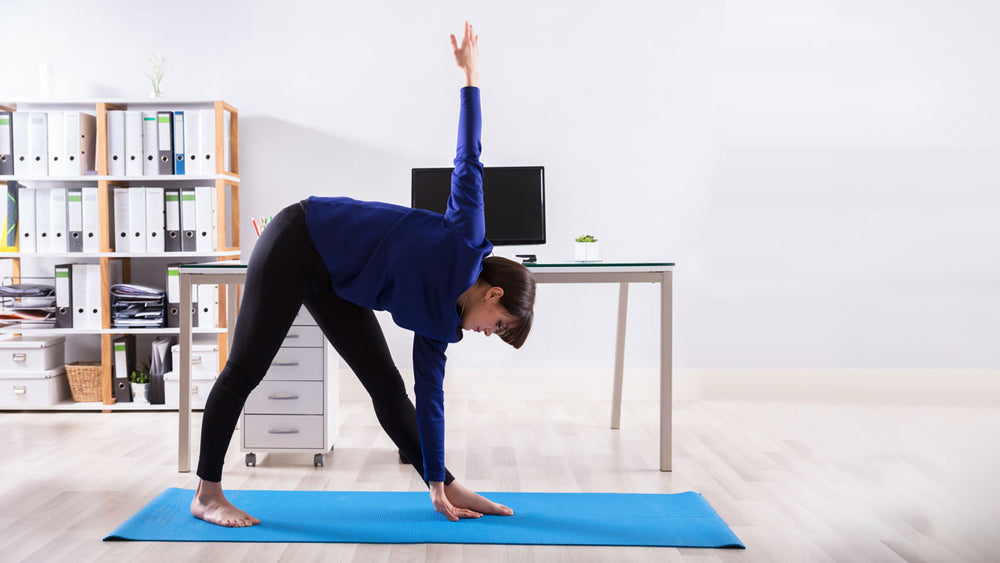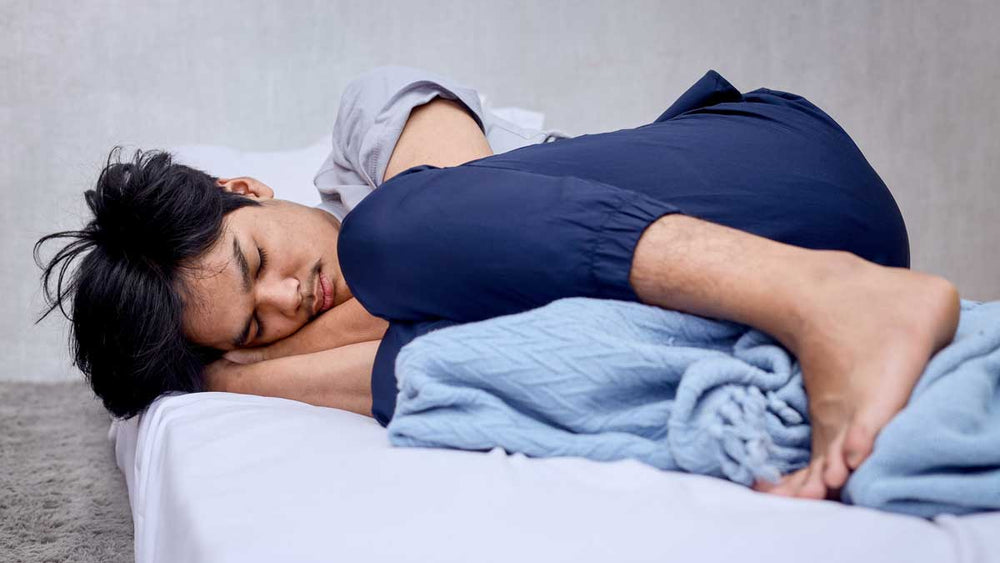Breaking the Sedentary Spell: Strategies to Combat the Hazards of Prolonged Sitting
Many modern occupations entail hours of work sitting in front of a computer screen (ironically – what I am doing right now as I write this). Prolonged sitting is related to a higher incidence of several health problems. Among them:
-A higher incidence of low back pain.
-Sitting for long hours increases the odds of developing diabetes and mortality.
-Sitting for long hours has also been linked to a higher incidence of Irritable Bowel Syndrome (IBS).
Exercise Breaks: A Solution Within Reach
You have to work to eat, and while standing desks are nice, but not everyone can access one. So what can you do? Move! It doesn’t take much. For example, an intervention in which office workers were coached to move every 30 minutes during the workday and reduce their sitting time to <50% of the day improved quality of life and wellbeing scores in office workers (I should mention, adjustable height desks in addition to the intervention improved benefits even more in this study – but the intervention alone without adding an adjustable-height desk, did significantly improve health scores above the control group).
Mindset Shift: Embracing Every Movement Matters
In my experience, many people have an unhealthy “all-or-none” attitude when it comes to exercise. By this, I mean people tend to devalue exercise sessions that don’t induce a high degree of fatigue and leave you sweaty. I consider the belief unhealthy, as it misses the tangible health benefits of simple movements. Adding simple movements to your daily routine, such as walking away from your desk every 30 minutes, won’t help you run a faster 5k, add another 10 lbs to your max bench press, or add an inch to your best vertical. But it is still valuable.
How? Any movement, even very low-intensity activity such as standing up and pacing around a bit, increases circulation and can help improve one’s sensitivity to insulin. Doing this repeatedly throughout the day, day after day, creates a cumulative effect that counteracts the negative impact of prolonged sitting.
Recommendations for a Healthier Sitting Routine
So my recommendation – to minimize the health risks from sitting- is to make sure you get up and move every 30 minutes or so. Just pace around the office for a minute or two before you sit back down. Improvements in fitness will come with regularly planned workouts, but just adding the planned, light movements for a few minutes every hour will also provide tangible benefits.
- Bontrup, C., Taylor, W. R., Fliesser, M., Visscher, R., Green, T., Wippert, P. M., & Zemp, R. (2019). Low back pain and its relationship with sitting behaviour among sedentary office workers. Applied ergonomics, 81, 102894.
- Edwardson, C. L., Biddle, S. J. H., Clemes, S. A., Davies, M. J., Dunstan, D. W., Eborall, H., Granat, M. H., Gray, L. J., Healy, G. N., Jaicim, N. B., Lawton, S., Maylor, B. D., Munir, F., Richardson, G., Yates, T., & Clarke-Cornwell, A. M. (2022). Effectiveness of an intervention for reducing sitting time and improving health in office workers: three arm cluster randomised controlled trial. BMJ (Clinical research ed.), 378, e069288.
- Okami, Y., Kato, T., Nin, G., Harada, K., Aoi, W., Wada, S., Higashi, A., Okuyama, Y., Takakuwa, S., Ichikawa, H., Kanazawa, M., & Fukudo, S. (2011). Lifestyle and psychological factors related to irritable bowel syndrome in nursing and medical school students. Journal of gastroenterology, 46(12), 1403–1410.
- Newsom, S. A., Everett, A. C., Hinko, A., & Horowitz, J. F. (2013). A single session of low-intensity exercise is sufficient to enhance insulin sensitivity into the next day in obese adults. Diabetes care, 36(9), 2516–2522.
- van Uffelen, J. G., Wong, J., Chau, J. Y., van der Ploeg, H. P., Riphagen, I., Gilson, N. D., Burton, N. W., Healy, G. N., Thorp, A. A., Clark, B. K., Gardiner, P. A., Dunstan, D. W., Bauman, A., Owen, N., & Brown, W. J. (2010). Occupational sitting and health risks: a systematic review. American journal of preventive medicine, 39(4), 379–388.




















Comments
Join The Conversation...